In 2015, more than 78% of people watch videos online every week, and 55% of people watch videos online every day.
Video marketing is an extremely valuable aspect to include in your marketing campaigns to help you promote and sell your products and services effectively. Creating and distributing videos as a marketing strategy can promote your content to a larger audience and retain the attention of the most time-starved customer.
According to Forrester Research, web pages with videos actually have a 50% higher chance of showing up within the first page of a Google search result. Whether your goal is to attract new customers or to promote a new product, video marketing can be a great tool for long-term success.
Importance of Video in Content Marketing
In a study conducted in 2014 by Animoto, 96% of consumers found videos helpful when making purchasing decisions online. Videos are engaging and help consumers find trust in a brand.
As a small or local business, it’s essential to create a personality for your business. In an age of ubiquitous social media and competing for attention, standing out from the crowd is vital. Every company on the Internet has its unique brand, whether they choose to recognize it or not. Customers want to see the human aspect of a company and sometimes, videos are a great way to create human engagements.
Many people pass up on making videos because they believe they don’t have the necessary budget, time, or resources. In fact, only 24% of brands are currently using online video as a part of their marketing strategy. However, if 96% of consumers find videos useful for making purchasing decision, but only 24% of brands are making videos, that means an entire three-quarters of all brands are missing this massive branding opportunity!
Videos can be an easy way to introduce your new product or service, explain it, and inform consumers of the uses and benefits. Of course, talking at a consumer, versus actually convincing them to buy, can be two very different things. Tell viewers exactly what they can do immediately after watching your video, and encourage them to watch another video, visit your website, or comment with their questions.
As Michael Litt, the CEO and Co-founder of the leading video marketing platform, Vidyard, said, “The play button is the most compelling call-to-action on the web.”
You don’t have to be a film producer to create an engaging DIY video for your business. If you have the time to check out your email ten times a day, you probably have the time to produce some quality video content. In fact, with the proper planning and execution, anyone with a smartphone can produce an effective marketing video.
Creating and Branding your Video Channel
YouTube boasts more than 1 billion users monthly, and on mobile devices alone the video sharing site reaches more 18-34 year-olds than any cable network in America. If you’re considering getting into video marketing, you really should start on YouTube.
Setting up a YouTube page is simple, but there are a few necessities to know before creating your own videos. When setting up your YouTube channel, follow these simple steps before you post your first video:
- Write your Business Name in its Entirety - Be sure to include the entire name of your business, the same way it appears on your website without any abbreviations.
- Choose and Upload an Appropriate Avatar - The avatar represents your YouTube channel and is basically the “profile picture” of your page. If you have a logo, use it. Be consistent and match the picture of your social media accounts, so your audience knows that you're the "real" one.
- Upload your Channel Art - YouTube allows you to upload a channel art that appears at the top of your main page’s background. It's a great way to promote your services and brand assets of your business.
- Optimize your About Me Page- Be sure to include your business’ name, address, and phone number in this section of your page. Remember to include a brief description, details of your business, such as email or location, and links to your website and social media accounts. This way, visitors who like your videos, could go to your site and possibly convert.
- Customize your Playlists - If you want to upload videos of various themes, create separate playlists to categorize each video or group of video
- Get Email Notifications - You can set up your account to receive email notifications, which are great to see when someone comments and replies on your videos. Always try and reply to people within the first few hours to encourage conversation and engagement - a valuable factor for ranking. Plus, if your target audience is commenting on your videos, you can hear their opinions, learn from them, and even ask more questions. You can even make another video outlining a significant point or question a person brought up in your comments.
Ideas and Topics for Your Videos

Worried that you won’t be able to keep your audience engaged? Coming up with interesting content may seem terrifying, but it’s really no harder than putting yourself in the shoes of your very own customers.
Ideally, you should plan to create as many different types of videos as possible, in order to add variety to your marketing mix and cater to different needs. Having a plan to create a variety of videos can also make it less intimidating to start your first one.
FAQs
Are there certain questions that your new customers or current customers are frequently asking? Think of questions you typically answer for each type of customer at various phases of the relationship.
Make a video where you bring up common questions and answer them in an “FAQ” video. Make multiple one-minute long videos, answering FAQs for different people within your target audience. Keep videos short, so viewers can receive the information they need without having to sit through a long, not always so relevant piece.
Remember to tag all these videos with “[Your business name] FAQ” so that they will show up as relevant videos to watch next.
“How-To” Demonstration
Explaining how to do something in a video is another effective type of video. “How-tos” are great for teaching your audience something new, while showing your expertise in the area. Instead of telling your customers to spend, you should educate them on how something works, so they’ll want to buy it.
You can grow your personal brand this way without sounding too sales-pitchy. Remember, people like to engage with other people and not with services or products.
Promotional Video
A promotional video is designed to introduce consumers to a specific product or service. It can also be used to educate current consumers about current products, services, or promotions you are currently running. In addition to promoting a specific product or service, you can create a promotional video for your own business. It would be best to keep it less "salesy" and more of an introduction to your business and brand.
Remember, keep the length of your video short. According to a recent Microsoft study, the average human attention span has dropped to a mere eight seconds! If you find yourself bored with long videos, your audience will probably too!
Case Studies
If you wish to show in-depth examples of how you were able to satisfy a client’s needs to accomplish their goals, you’ll want to create a case study. Case studies are pretty detailed and lengthy, but in video format, they can be presentable, more personal, and engaging. In highlighting your previous successes, you’ll show future customers how you can help them reach their goals too.
Testimonials
Testimonials are beneficial to promote a company’s message through a customer’s endorsement. It helps to build trust and can work as a great sales technique (without sounding pitchy). Quotes and reviews from real people help establish the credibility of a brand, and video is a great way to show your customers directly.
In fact, you can combine testimonials with case studies to provide a more impactful and effective video for your customers.
With all these video formats in mind, how will you now get noticed by search engines?
Knowing How to Optimize for Search Engines
There is incredible SEO value in videos, and knowing where to begin with optimizing your content for search engines is crucial for success. Determining quality keywords is the first step you need to take when optimizing your video for search engines.
When choosing keywords, be sure to pick the ones that best represent your video and target audience. Your target audience are the people who are going to be searching for your local services and products.
Think about it this way - what is the problem that your product or service will solve? Once you have an answer to that question, research the common search phrases. You can use tools such as Google's Keyword Planner and Ubersuggest. You can also try searching directly on Youtube and use suggested search terms for ideas.
Placing Your Keywords
Always perform keyword research when planning marketing videos. Choose keyword phrases that are specific to your business’ niche first, and then start to make your video targeted around that specific phrase.
For optimal keyword success, place the keywords in the following:
1. Filename
The filename is usually overlooked by YouTube users because it’s not physically visible to viewers. However, YouTube gives preference to videos with keywords in the filename. The filename should include your target key phrase or phrases, with the main keyword placed before any other. Be sure to separate keywords with hyphens, such as “Denver-Ski-Resorts.”
2. Title of Your Video
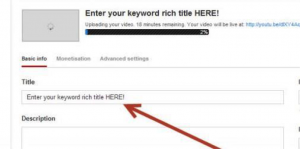 The title is the first thing your viewers will see. Therefore, you need to make sure any relevant and powerful keywords are there. You’re limited to 100 characters for your title, so be sure to make every single one count.
The title is the first thing your viewers will see. Therefore, you need to make sure any relevant and powerful keywords are there. You’re limited to 100 characters for your title, so be sure to make every single one count.
As a local business, add relevant and local keywords to your title and place the keyword within the first two words of your video. If you have an engaging title, you’ll have a higher clickthrough rate, and YouTube’s algorithm will rank you higher.
3. Description

The description is the largest portion of your video that search engines can crawl, so craft your description for SEO, but be sure to write in your voice. This is the area where you’ll have the most room to write (5,000 characters, to be exact), so use relevant keywords that you also used in your filename and title.
This is the area where you can talk directly about your business, its services/products, and the specifics of the video. Be sure to link to your website in the description so viewers can check it out for further information on your services and products.
4. Tags and Categories
The category you place your video in is important for your viewers to find you, so be sure to pick the category that closely represents your video’s content.
Tags are great ways to implement additional keywords, different than your title and description keywords. As always, the most relevant keywords should be placed before any others. Tags can be up to 120 characters in length, so gear them towards the optimal viewer.
You may think you’ll attract more viewers by being general, but you want to attract the viewers that are genuinely interested in your business. Think like your customers and keep everything focused on the specific niche terms you’ve chosen to target.
If you’ve gotten to the point of making 10 or more videos, then you’ll want to organize them into different “playlists” or categories. SEO-rich playlists will also help your site to rank higher on search engines, so be sure to organize video in tightly-themed playlists.The more relevant text in your content, the more potential views.
Although using the correct keywords in the right places is important, it’s also imperative as a small or local business to make sure your business information is listed correctly. Think of your videos as citations.
Building Out Your Citations
Citations are mentions of your company’s information across any variety of websites and directories on the web. Your business’ name, address, and phone number (otherwise known as your “NAP”) should ideally be consistent on all citations. Citations are an important off-site tool for local ranking success. Be sure to also include your “NAP” in your video description, and in your call to action.
It’s also important that your “NAP” is listed correctly from site-to-site, so do not abbreviate or modify anything dealing with your business’ name and address on your YouTube page, or anywhere for that matter. Building citations takes time, and you don’t want an inconsistency to start on your YouTube page.
If you have a business name and address, you can order a free visibility report from
Local Marketing Solutions. With a baseline report, you receive a “visibility score” based on your current online listings (and competition).
If you have a lower visibility, you’ll need to build more citations. To build the bulk amount of citations you’ll need to make an impact, you’ll likely want to outsource a citation building and maintenance service.
Transcribing and Thriving
The actual spoken content in your video is the foundation of the entire piece. Unfortunately, YouTube (and Google) can’t actually hear what you’re saying unless it’s in the written word. This is where transcribing comes into play.
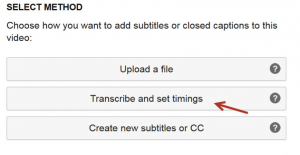
Not only is transcribing beneficial for those that hearing-impaired, it’s a great opportunity to boost your SEO in YouTube (and Google) search results. Search engines can reach your transcripts on top of the keywords in your title, filename, tags, category, and description.
By giving YouTube the exact content of your video, you can rank higher and be found by more users. This is also a vital opportunity for your keywords to be placed again. Make sure you think keywords when writing out your script.
If you don’t have the time to directly transcribe the video yourself, there are some services that can do it for you, such as Speechpad. With the transcribed words, you can then use it within your video’s description, upload it as a transcription file to YouTube, and even repurpose the written content in many ways. You could create a blog post on your website for the video and topic as well.
Sound like work? Don’t worry. Videos are an affordable and essential marketing tool. Although quality is extremely crucial for your videos, you can opt for an easy or simple one too.
Shooting on a Budget

You don’t have to stress that making videos isn’t in your budget. In fact, check out this helpful video to see how anyone with a smartphone can produce a quality marketing video.
You can take previous content that you’ve written on your site or blog and turn it into an informative tutorial or how-to demonstration. There’s bound to be a picture, infographic, or article that would work great as a video. Resonate on quality content, just as you do with any other promotional medium.
Another way to take advantage of a video shoot is to plan out repurposing some of the video footage you take. If you’re hiring an independent videographer or planning to shoot on your own, you may as well gather as much “b-roll,” or additional footage captured to enhance a story, along with quality stock footage that can be repurposed later to fill out any videos you plan to make in the future.
If you’re filming a talking head segment, see if you can knock out a few different scripts to take care of the filming for multiple videos with one shoot.
Smart video marketing can be an inexpensive, highly effective marketing tool for even the smallest business. If you’re short on time or believe you don’t have the skills needed to make a successful video, you can always outsource certain aspects of the video-process to a contractor.
Choosing to Outsource your Video

If you don’t believe you have the time, resources, or confidence in crafting a video marketing campaign, you can also outsource the parts you are having difficulty with to a contractor.
Be sure you understand the four parts of the video marketing process: “Video Marketing Strategy, Video Production, Video Post-Production, and Video SEO.” Each step can be outsourced to someone who can either complete a hard task with a moderately-high hourly rate in less time than you or complete an easy task with a moderately-low hourly rate that fits in your budget.
Outsourcing your video marketing can be both time-saving and money-saving for yourself and your business. If you think you would lose money by trying to figure it all out on your own, then outsource. If you think your team can complete the tasks effectively and efficiently, then choose in-house.
So you have some ideas, but you’re probably curious about getting your videos noticed.
Promoting your Video and Making it Shareable
If you make a YouTube page and create outstanding videos, you’ll need to share them. One post on your website won’t do the job!
According to a report by Vidyard, organizations see the greatest ROI on their video marketing effort when hosting videos on both their own website and outside websites, like YouTube. A well-crafted, engaging video doesn’t mean anything if performance can’t be tied to return on investment.
Be sure to post your video where your audience will see it. Post it on the company’s website, blog, and social media accounts. If you send out an e-newsletter, include it there too.
Play around with different techniques to advertise your video on social media. Use it as a reference when replying to someone. Share it with particular businesses in your niche.
Don’t just post, “Check this out! (Insert link)” and expect all your followers to view and comment. Make it as natural and conversational as you can when spreading the word about your new video. You can also include your YouTube channel, along with your website and social media channels, in your e-mail signature to keep promoting it on a more subtle level in all your business communication.
You want to get backlinks in order to rank higher on YouTube, so post wherever you think it will be shared. Link your YouTube page to your website and vice-versa, so Google knows that you’re the curator behind both.
Always ask for comments, likes, and subscriptions at the end of each video. Something as simple as, “Did you like this video? Subscribe and share it with your friends!” can encourage people to interact after viewing.
Whenever you post a new video, promote it, but don't neglect your old videos. Wherever it's relevant, you can post older videos onto social media or embed them in your blogs as well.
Conclusion
With so many people watching videos daily, why not include them in your marketing strategy?
As a small or local business, you can maximize your results by adding variety to your content strategy. Videos help build up your credibility, and customers will trust and engage with you more.
Have fun with your videos, be personable while still remaining professional. Create helpful videos, make them searchable, and drive more sales and traffic for your business!
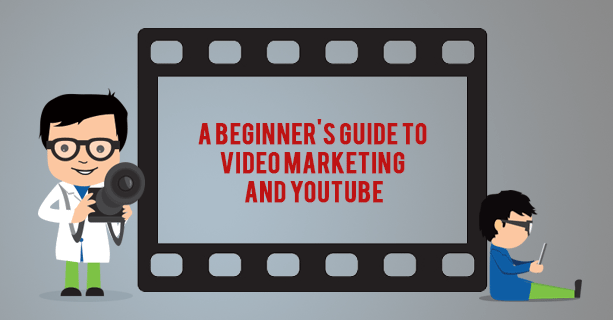
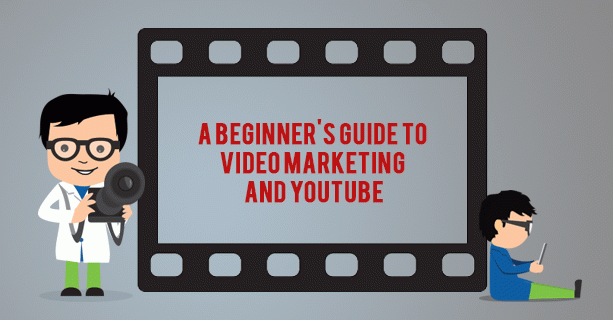
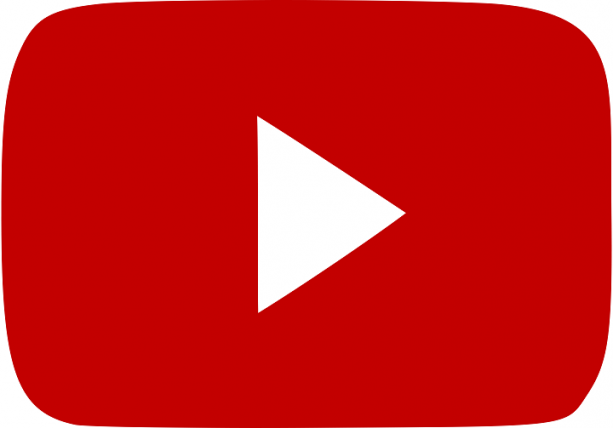
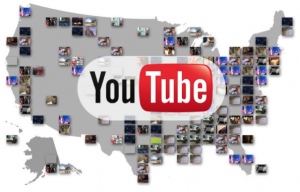
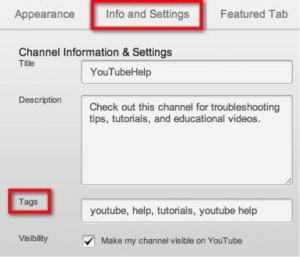
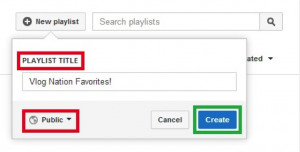




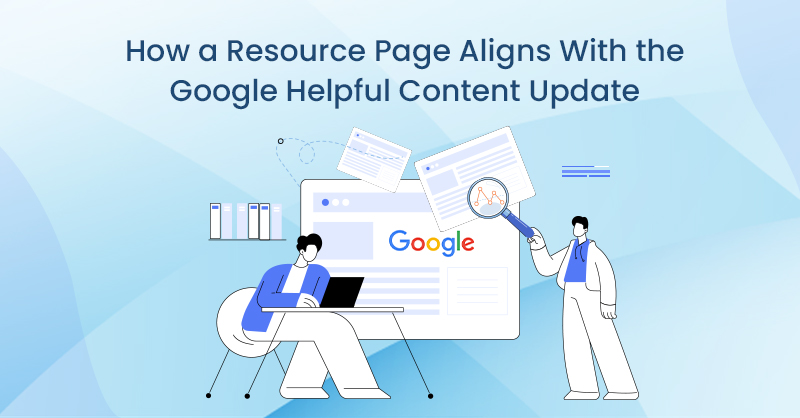



on
Very useful information, thank you! I can improve my website traffic through Youtube .